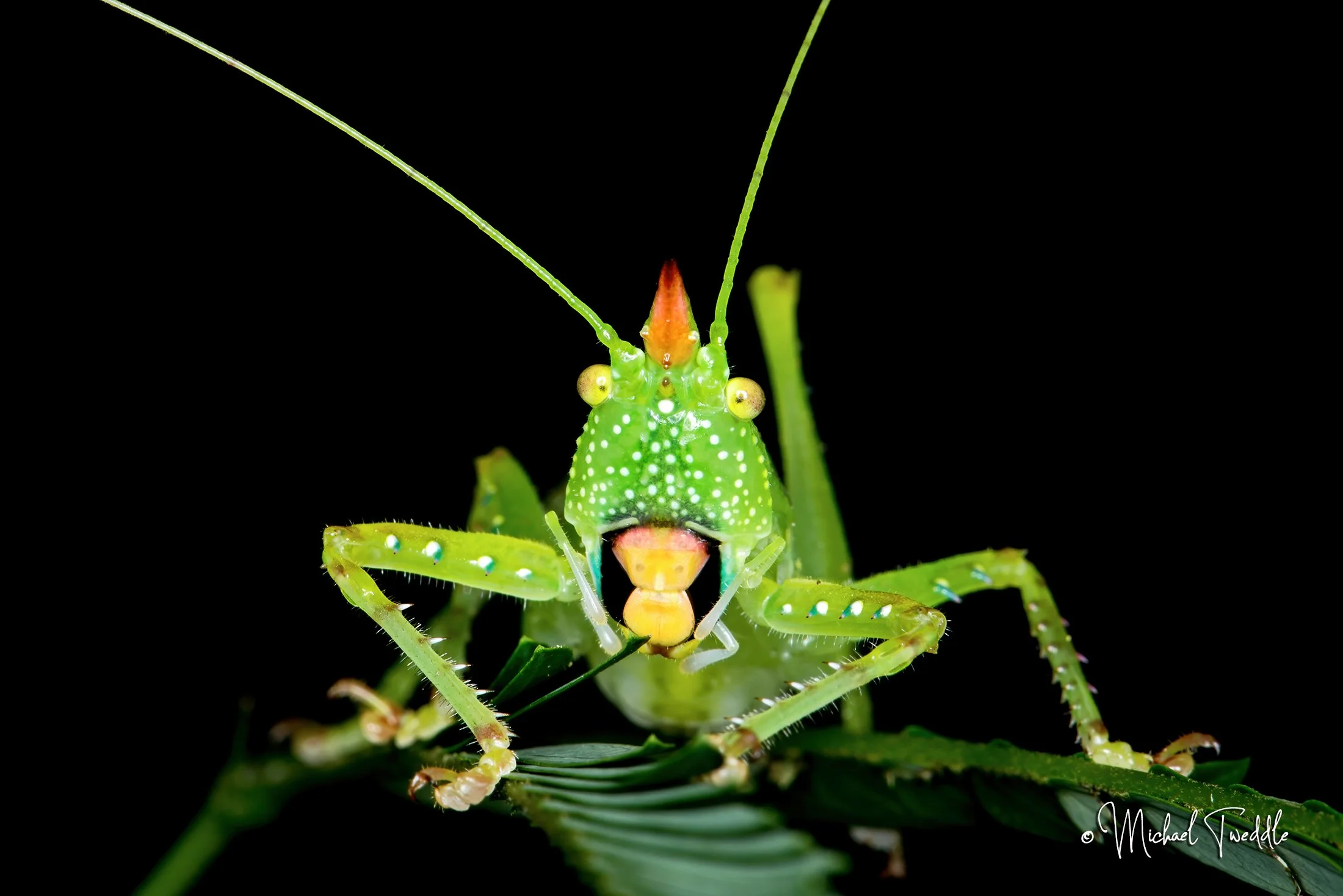Creepy Crawlies of the Natural World
We humans, tend to believe we are the most dominant species on the planet, yet it has long been recognized and documented that insects and their near relatives are the most abundant and diversified group of creatures on earth. According to National Geographic, "If the estimated 10 million bug species on Earth are precise, then insects account for 90% of all known forms of life." And, while they can be irritating, whirling around, and creepy, we wouldn't be able to get by without our alien-like buddies. Because of our relationship with insects and other arthropods as well as our ongoing research commissions in the Peruvian Amazon, our team at Ravel decided to honor these fascinating creatures with an awesome photographic journey to the bug world captured by photographer Michael Tweddle.
Adeloneivaia is a genus of moths in the Saturniidae family. They can be found at elevations ranging from 400 to 800 meters in the upper Amazonian region and the eastern Andes foothills. During the day, the adults rest on the ground or are suspended from twigs, adopting the stance portrayed in the photograph above.
Copiphora is one of the 56 Neotropical Copiphorini genera, and it is distinctive from other katydids by its slanting head shape and bigger body size. This species is found throughout northern South America and is defined by rather big nocturnal katydids with a prominent horn-like extension on the top of their heads. They may be fairly noisy at night, and certain species emit some of the primary sounds in their surroundings.
Leucanella memusae larvae feed on leaves, they are black in color, with conspicuous armed processes of prickly yellow bristles located dorsally.
The Markia Erinaceus group contains the genus's biggest species (60-65 mm). Pronotal spines are broad and lengthy, extending beyond the fastigium. This group's known range extends from the Amazonian foothills of Colombia to central Peru.
A specimen of Pelidnota prasina family. It tends to approach flowering plants and usually flies away when it senses human presence.
With a scary pair of mandibles and a well camouflaged body in rich tan and black, the Macrodontia Cervicornis is one of the largest bugs in the world. In this species, the growing phase can last up to 10 years and is the longest part of its life. The adult stage usually only lasts a few months and is when the species reproduces and spreads.
The Caligo, sometimes known as the Owl Butterfly, is a genus of butterflies in the brush footed butterfly family. They get their name from the large patches on each hindwing that look like owl eyes. These spots aren't for decoration; they're a defense mechanism to keep birds from eating them. This remarkable species inhabits the rainforests of Central America and unwinds with its wings flattened.
Choeradodis Rhomboidea, often known as the Peruvian Shield Mantis, is a small, slender species of mantis. It has a distinctive attractive appearance, with a brilliant green or yellow hue that sticks out in any setting. They have lengthy legs and mandibles for capturing prey. Each species can even have different stripes and patterns that give them an otherworldly look.







